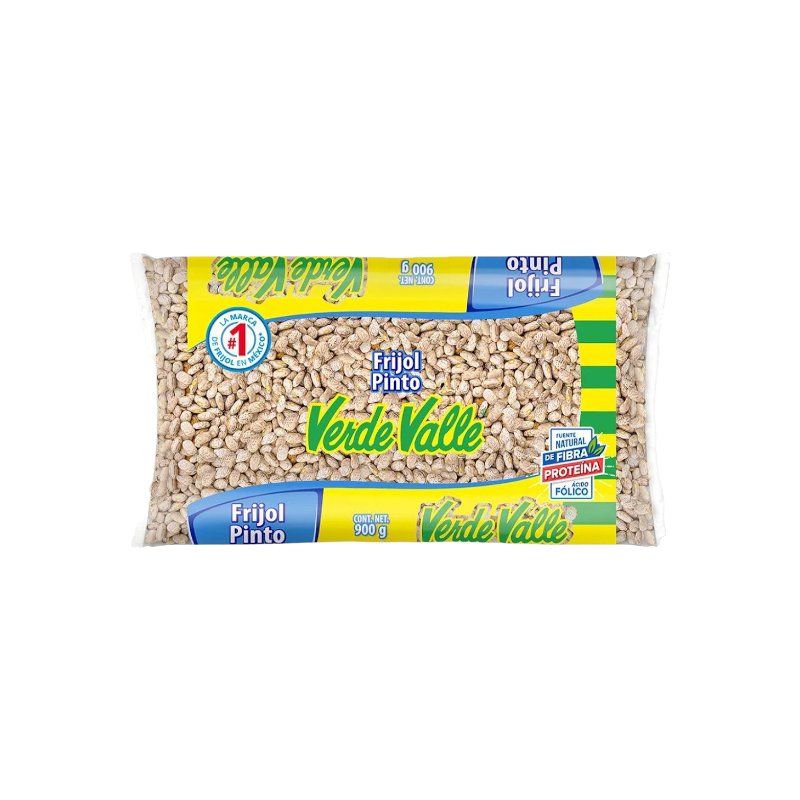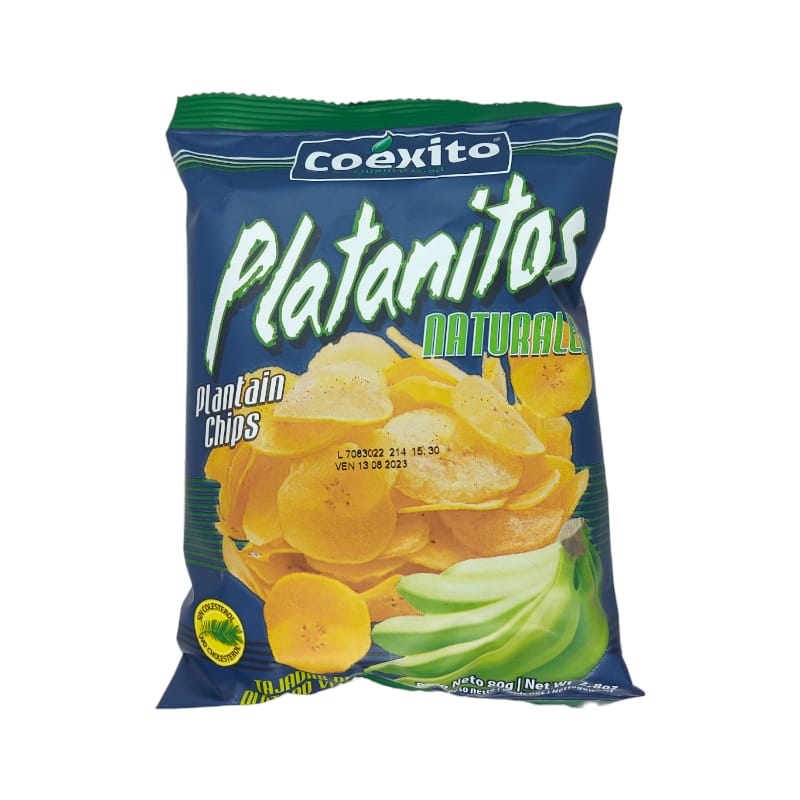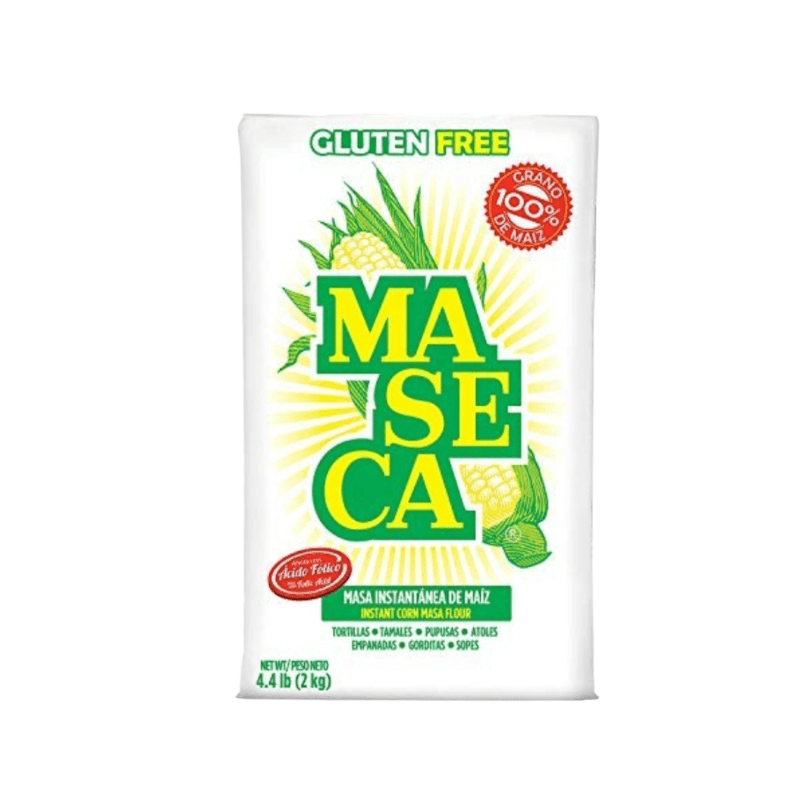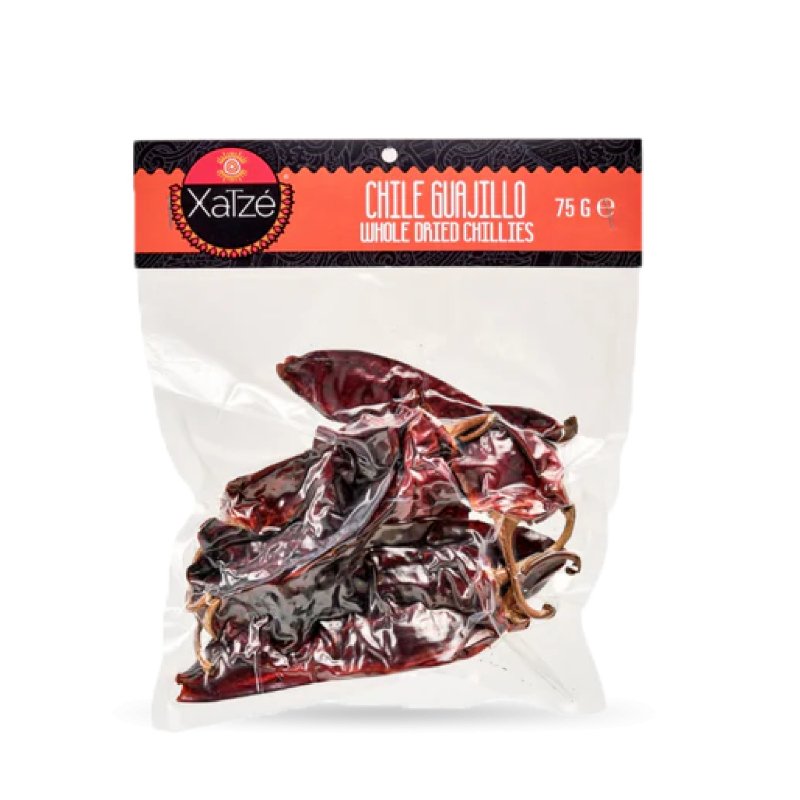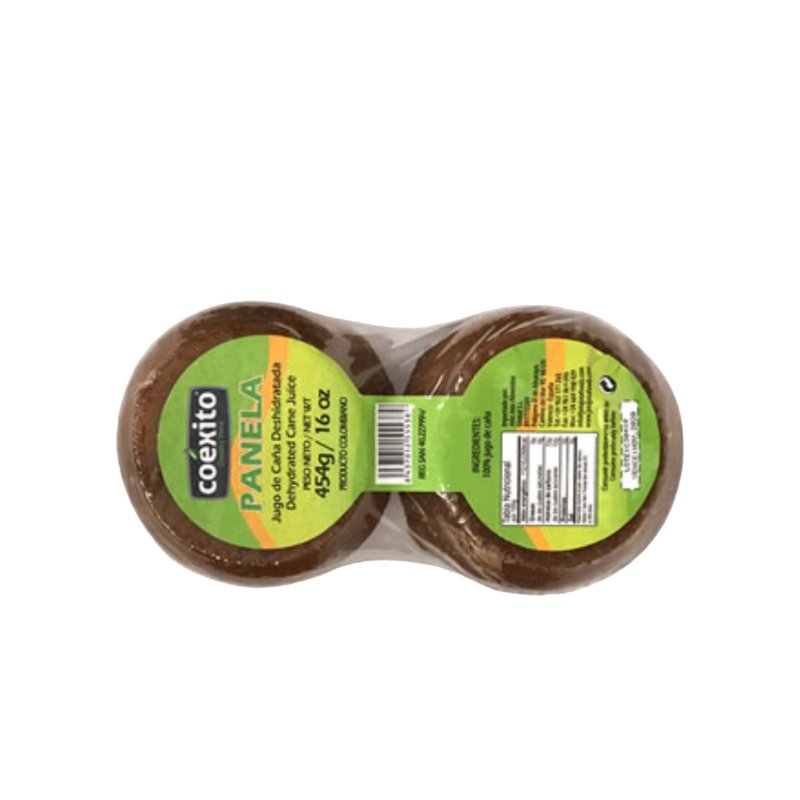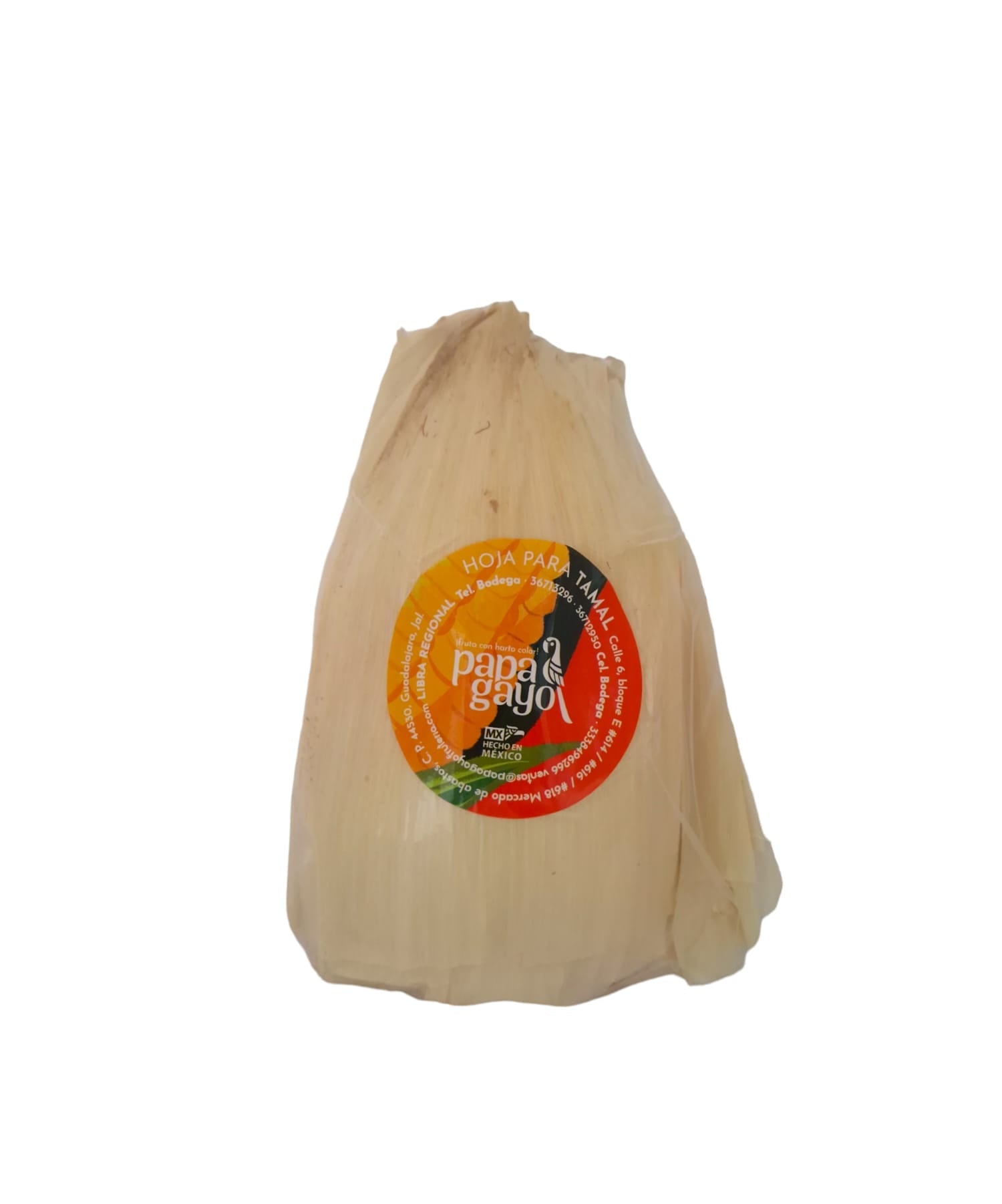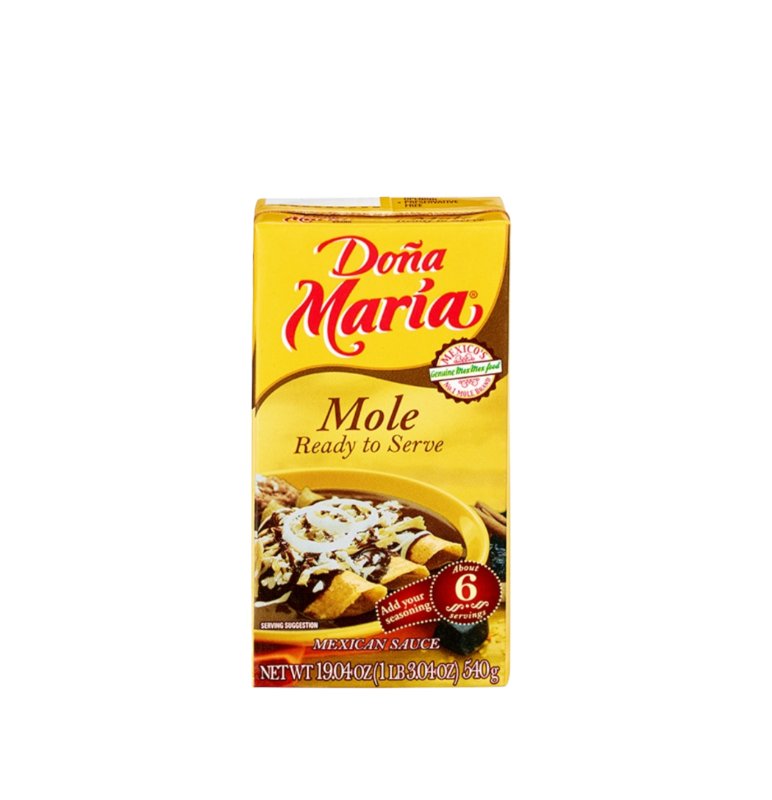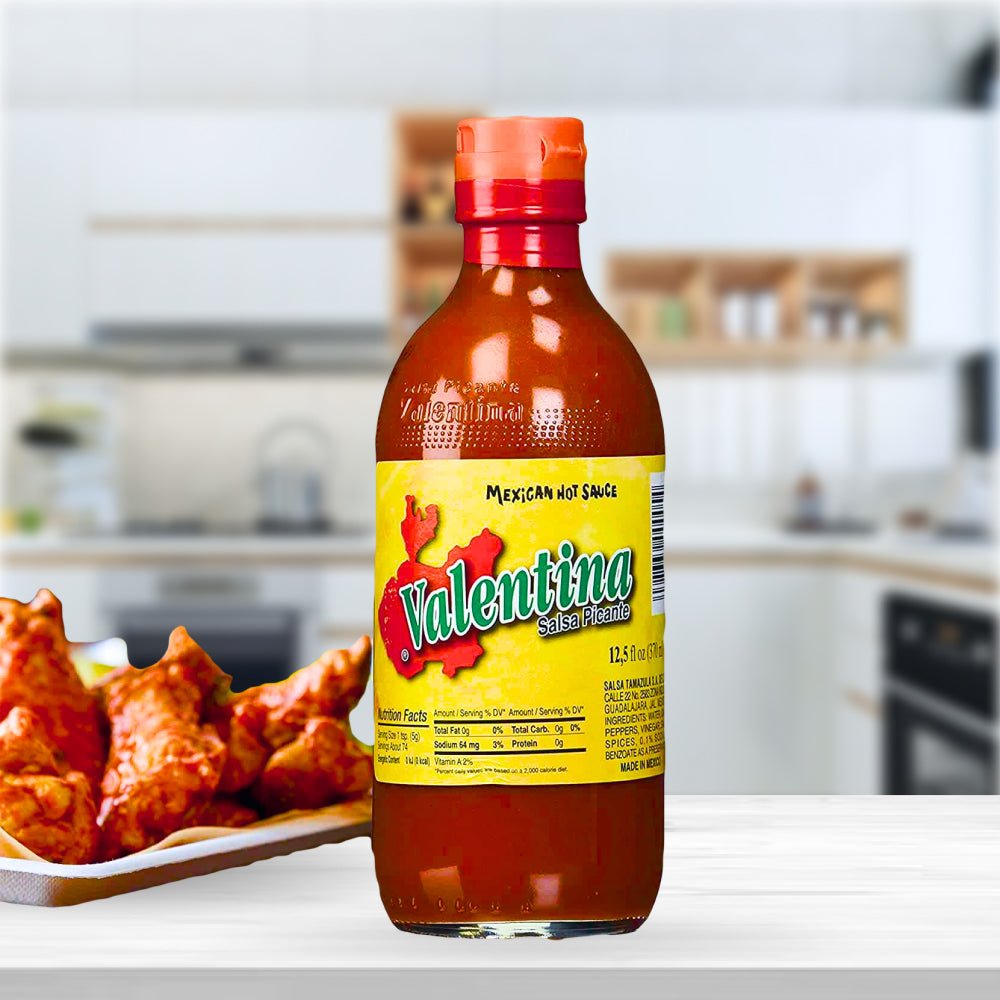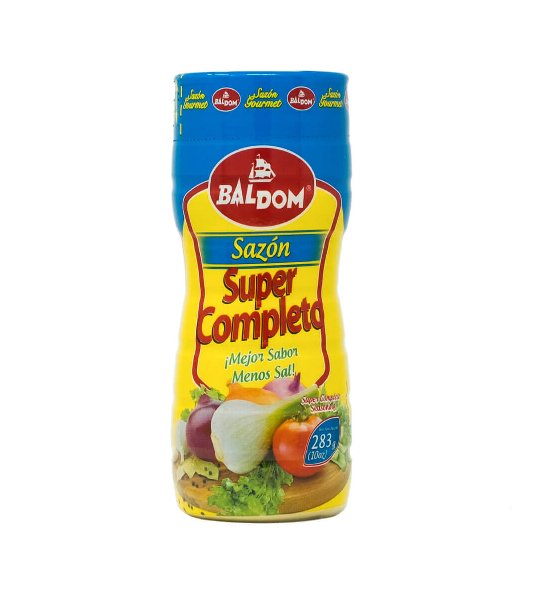Latin Food Items are Expensive and Hard to find
Certain Latin recipes have earned a prestigious place in UNESCO for their rich cultural history. With such glory and recognition, Latin foods have regained their popularity. However, there are still some myths associated with these world-famous Latin foods. Many people believe that Latin food items are expensive and rare, making them unable to try those exquisite recipes at home. If you are one of those people who want to experiment with those world-famous Latin recipes, here goes the truth for you. Latin food items are not at all expensive if you know where to shop for them. Popular Latin food stores like Latin Flavor offer a wide range of Latin ingredients at a reasonable price, breaking the myth and embracing Latin food culture.
They are harmful to Your Health
As many Latin foods are filled with spices and peppers, many assume that Latin foods harm their health. However, this is not at all true. While some Latin dishes use smooth and spicy ingredients, few Latin foods are made with vegetables, beans, corn, and other healthy ingredients. Also, the spices used while preparing these Latin cuisines are not harmful; they are a great source of Vitamin A and C. Filled with lots of antioxidants, some Latin spices, like Jalapeno, are good for your heart’s health.
If it’s a Latin Food, it has to be fried
If you draw conclusions on your Latin food experiments just based on those readymade Tacos, you are still living inside the bubbles. Not all Latin American recipes involve deep frying. Some of these Latin cuisines use different cooking methods, such as steaming, boiling, grilling, and sautéing. Therefore, there is no rule that All Latin foods must be fried.
Cheese is a Staple Ingredient for Latin Cuisines
Many people think cheese is a must-have ingredient for all Latin food recipes. However, reality is a bit different. While certain Latin dishes, such as quesadillas and Enchiladas, are made with authentic melted cheese, many traditional Latin dishes only use fresh and authentic Latin food products such as beans, avocados, black peppers, corn, and cilantro and never include cheese.
You will always run out of options when it comes to Latin foods
To many, Latin foods are all about Tacos, Tamales, and enchiladas. However, these are just some famous Latin foods, and the real Latin food world goes way beyond these tacos and Tamales. There are plenty of Latin dishes to explore. Whether you like earthy-flavored foods or want to try meat-based Latin cuisines, there is something special to satisfy your love for Latin cuisines. If you want to keep it tasty yet healthy, try that famous Mote corn salad, a special dish in Latin America. On the other hand, you can order some pozole and have it with some spicy seasoning sauce.
There is Cilantro Everywhere in Latin Foods
Cilantro adds a fresh and earthy vibe to many Latin dishes, but not all Latin American recipes include cilantro. You can use Cilantro to garnish almost every Latin meal, but if you do not like the taste and flavor of cilantro, you can skip it without any second thoughts. Certain salad dishes might have cilantro, but adding cilantro to every Latin food is unnecessary.
Latin Sauces are prime Ingredients in Latin Dishes
This is partially true. Certain Latin dishes, such as salsa verde, chicken mole, Mofongo, and Tacos, remain incomplete without some lip-smacking hot salsa sauces like Jugo Maggi. Also, hot Valentina sauce is a staple seasoning ingredient for many Latin food recipes. However, there are some traditional Latin and Mexican dishes that do not include any sauce.
There are no veg options available when it comes to Latin foods
Despite gaining worldwide popularity, there are still strong misconceptions associated with Latin foods. Many people believe that Latin foods are supposed to be meat-based. They often think that there is no room for vegetarian people when it comes to Latin foods. However, this is not at all true. There are delicious vegetable dishes in Latin food culture, such as Corn mote salad, Tamales, Tostadas, Quinoa avocado salads, and more. So you see, many vegetarian Latin dishes are available that are tasty and healthy. Be it some restaurant food menus or online food recipes, you will always find some great vegetarian options for Latin foods.
Latin Foods Might not offer Nutritional Benefits
Many people still believe that Latin foods do no good to your health; rather, they are harmful to your health. To put it simply, most Latin cuisines are made with authentic Latin ingredients like Corn, Avocado, fish, meats, beans, peppers, lime, garlic, Cilantro, and Salsa. Packed with lots of healthy fibers and antioxidants, all these cooking essentials have great nutritional value. From improving your heart’s health to boosting your energy level, the right choice of Latin food recipes can offer many health benefits. However, make sure to collect all these Latin food ingredients from a reputed place like Latin Flavor.
Final Words
Latin foods represent a perfect blend of culture, taste, and flavor. With the right ingredients and proper Latin recipes, you can make healthy and tasty homemade Latin foods. However, to embrace Latin food culture, we must break these existing myths. Let’s start this myth-breaking mission by educating ourselves with the right facts and knowledge and establishing the truth by spreading the right information about these world-famous Latin foods.


